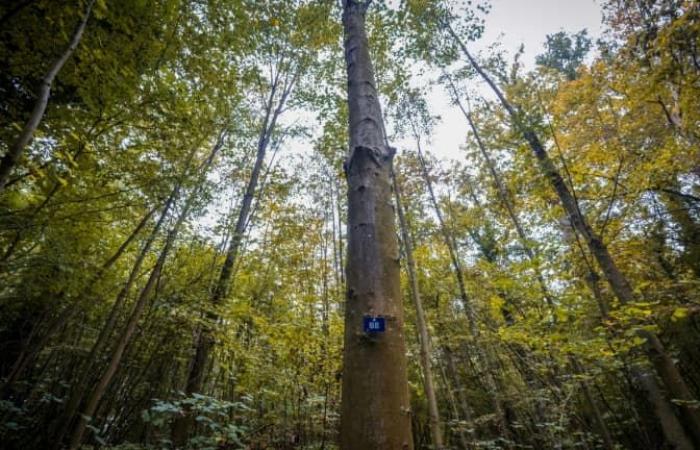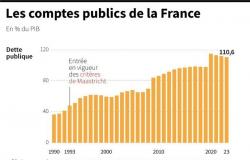
France’s forest inventory, made public this Thursday, October 10, shows that global warming is accelerating tree mortality and affecting their growth.
Doubling of tree mortality in a decade, slowdown in growth and reduced absorption of CO2: French forests are paying an increasingly heavy price in the face of global warming, warns the National Institute of Geographic Information this Thursday, October 10 and forestry.
According to the IGN, “forest watchdog”, it covers 17.5 million hectares, or a third of the metropolitan territory: it is growing, but its condition is deteriorating, with repercussions on its role as a green lung.
Tree mortality increased from 7.4 million cubic meters per year between 2005 and 2013 to 15.2 Mm3 for the period 2014-2022, 0.5% of the total volume of trees in the forest.
The cause is increasingly unfavorable conditions for trees, favoring the proliferation of “bioaggressors” (fungi, insects, bacteria). Added to this is “water stress”: “lack of water” or conversely “too much water, as is currently the case”, underlined Stéphanie Wurpillot, head of the service which carries out the inventory, during a press conference at the IGN headquarters in Saint-Mandé.
Less CO2 absorbed on average
Published every year based on data collected over the previous five years, the inventory also notes a slowdown in tree growth of 4% (between 2005-2013 and 2014-2022) and therefore a decline in their CO2 absorption.
Metropolitan forests absorbed 39 million tonnes of CO2 per year on average over the period 2014-2022, according to the inventory, compared to 63 over the period 2005-2013. Despite this slowdown, the stock of CO2 it contains, and thus keeps out of the atmosphere, increased by 17% between 2009 and 2023.
The 11.3 billion trees counted by the IGN in 2023 represent a stock of 1.3 billion tonnes of carbon. “Each hectare of forest today contains on average 81 tonnes of carbon in its living trees”, compared to 73 on average in 2009, according to IGN.
The increase at work is in fact much older and can be explained by the densification of the forest in recent decades. In 1981, the average stock was 58 tonnes of carbon per hectare, according to IGN.
According to figures published in May by IGN and the FCBA technological institute, the absorption capacity of forests has been halved in the space of a decade.
And a projection for 2050 estimated that “in the vast majority of (…) scenarios” studied, “carbon sequestration in forests continues to erode over the 2020-2050 projection period”.





